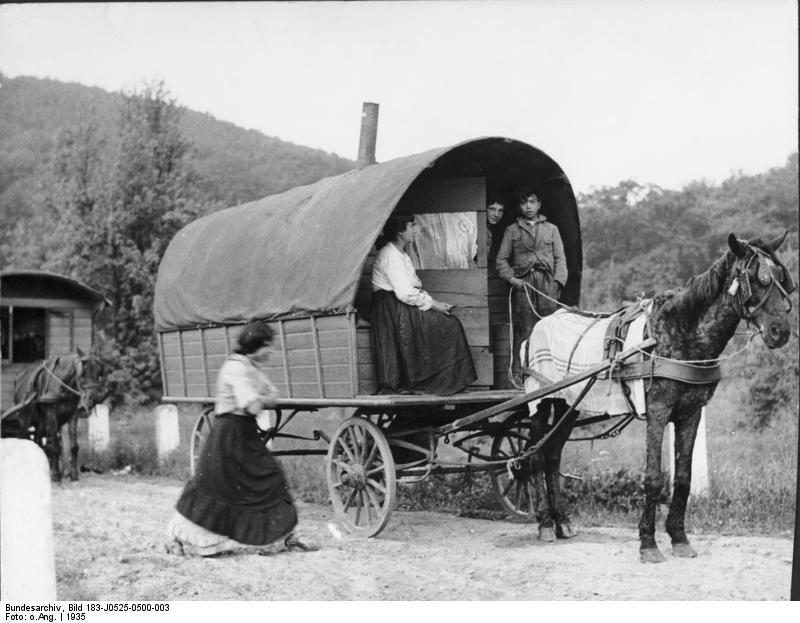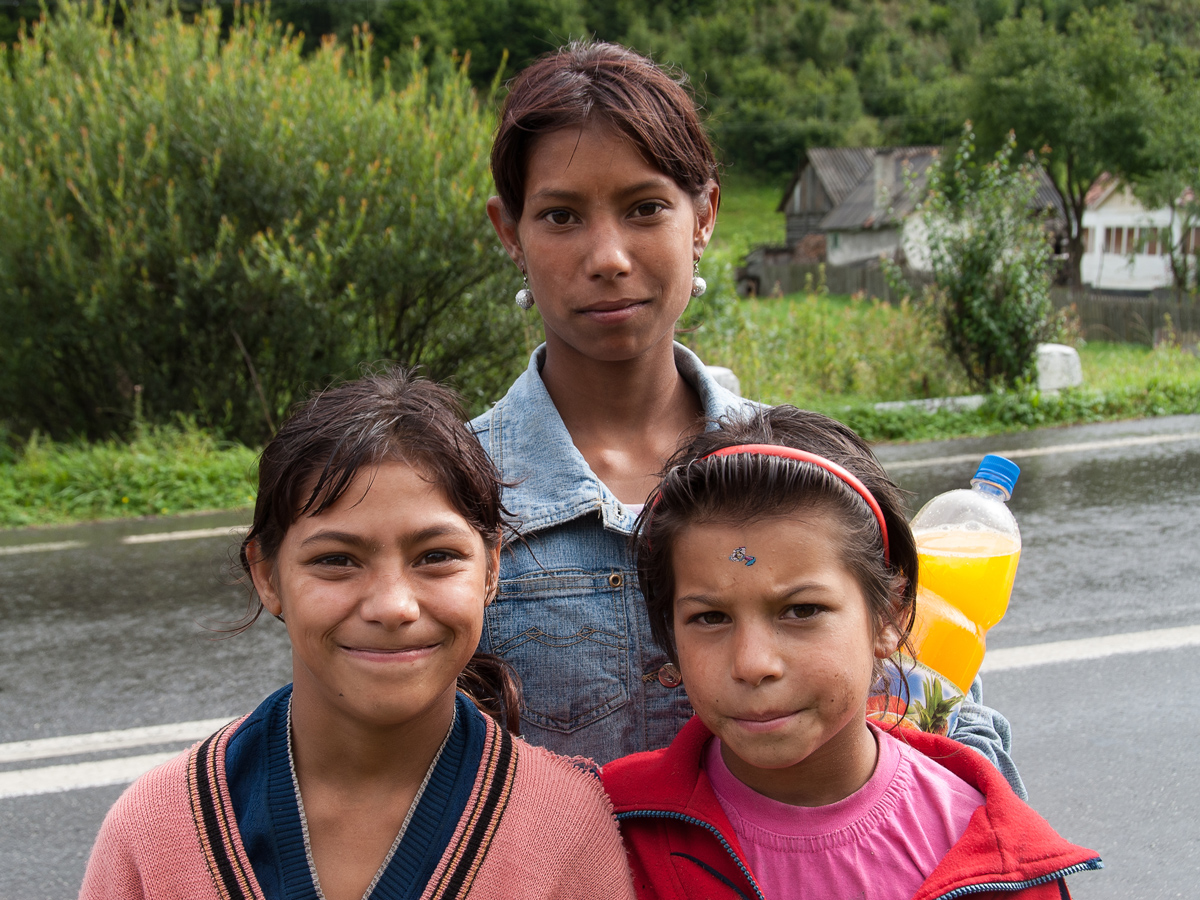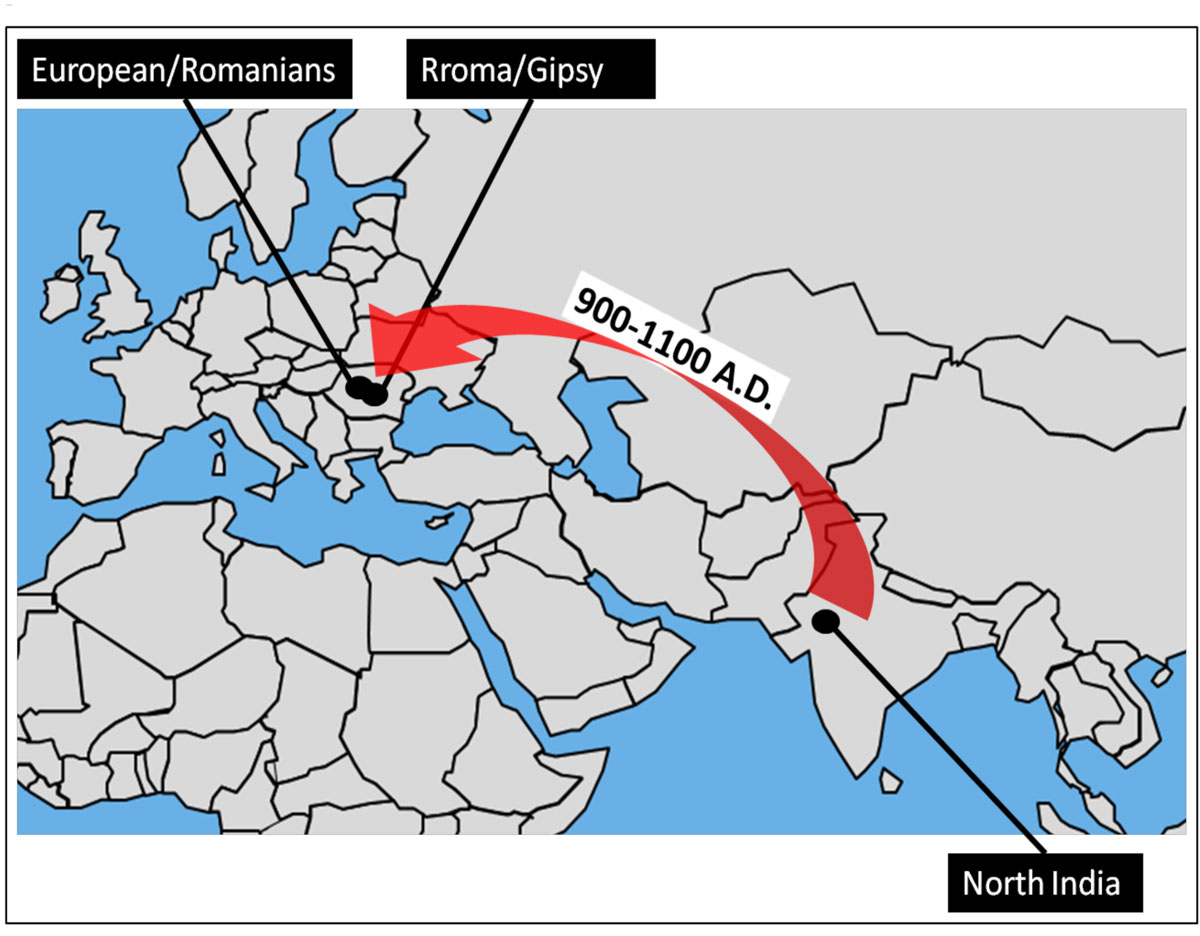Roma Culture: Customs, Traditions & Beliefs

The Roma are an ethnic people who have migrated across Europe for a thousand years. The Roma culture has a rich oral tradition, with an emphasis on family. Often portrayed as exotic and strange, the Roma have faced discrimination and persecution for centuries.
Today, they are one of the largest ethnic minorities in Europe — about 12 million to 15 million people, according to UNICEF, with 70 percent of them living in Eastern Europe. About a million Roma live in the United States, according to Time.
Roma is the word that many Roma use to describe themselves; it means "people," according to the Roma Support Group, (RSG) an organization created by Roma people to promote awareness of Romani traditions and culture. They are also known as Rom or Romany. According to Open Society Foundations, some other groups that are considered Roma are the Romanichals of England, the Beyash of Croatia, the Kalé of Wales and Finland, the Romanlar from Turkey and the Domari from Palestine and Egypt. The Travelers of Ireland are not ethnically Roma, but they are often considered part of the group.
The Roma are also sometimes called Gypsies. However, some people consider that a derogatory term, a holdover from when it was thought these people came from Egypt. It is now thought that the Roma people migrated to Europe from India about 1,500 years ago. A study published in 2012 in the journal PLoS ONE concluded that Romani populations have a high frequency of a particular Y chromosome and mitochondrial DNA that are only found in populations from South Asia.
Nomadic by necessity
The Romani people faced discrimination because of their dark skin and were once enslaved by Europeans. In 1554, the English Parliament passed a law that made being a Gypsy a felony punishable by death, according to the RSG. The Roma have been portrayed as cunning, mysterious outsiders who tell fortunes and steal before moving on to the next town. In fact, the term “gypped” is probably an abbreviation of Gypsy, meaning a sly, unscrupulous person, according to NPR.
As a matter of survival, the Roma were continuously on the move. They developed a reputation for a nomadic lifestyle and a highly insular culture. Because of their outsider status and migratory nature, few attended school and literacy was not widespread. Much of what is known about the culture comes through stories told by singers and oral histories.
In addition to Jews, homosexuals and other groups, the Roma were targeted by the Nazi regime in World War II. The German word for Gypsy, "Zigeuner," was derived from a Greek root that meant "untouchable" and accordingly, the group was deemed "racially inferior."
Get the world’s most fascinating discoveries delivered straight to your inbox.
Roma were rounded up and sent to camps to be used as labor or to be killed. During this time, Dr. Josef Mengele was also given permission to experiment with on twins and dwarves from the Romani community.
According to the United States Holocaust Memorial Museum, Nazis killed tens of thousands of Roma in the German-occupied territories of the Soviet Union and Serbia. Thousands more Roma were killed in the concentration camps of Auschwitz-Birkenau, Sobibor, Belzec, Chelmno and Treblinka. There were also camps called Zigeunerlager that were intended just for the Roma population. It is estimated that up to 220,000 Roma died in the Holocaust.
Roma culture
For centuries, stereotypes and prejudices have had a negative impact on the understanding of Roma culture, according to the Romani Project. Also, because the Roma people live scattered among other populations in many different regions, their ethnic culture has been influenced by interaction with the culture of their surrounding population. Nevertheless, there are some unique and special aspects to Romani culture.
Spiritual beliefs
The Roma do not follow a single faith; rather, they often adopt the predominant religion of the country where they are living, according to Open Society, and describe themselves as "many stars scattered in the sight of God." Some Roma groups are Catholic, Muslim, Pentecostal, Protestant, Anglican or Baptist.
The Roma live by a complex set of rules that govern things such as cleanliness, purity, respect, honor and justice. These rules are referred to as what is "Rromano." Rromano means to behave with dignity and respect as a Roma person, according to Open Society. "Rromanipé" is what the Roma refer to as their worldview.
Language
Though the groups of Roma are varied, they all do speak one language, called Rromanës. Rromanës has roots in Sanskritic languages, and is related to Hindi, Punjabi, Urdu and Bengali, according to RSG. Some Romani words have been borrowed by English speakers, including "pal" (brother) and "lollipop" (from lolo-phabai-cosh, red apple on a stick).
Hierarchy
Traditionally, anywhere from 10 to several hundred extended families form bands, or kumpanias, which travel together in caravans. Smaller alliances, called vitsas, are formed within the bands and are made up of families who are brought together through common ancestry.
Each band is led by a voivode, who is elected for life. This person is their chieftain. A senior woman in the band, called a phuri dai, looks after the welfare of the group’s women and children. In some groups, the elders resolve conflicts and administer punishment, which is based upon the concept of honor. Punishment can mean a loss of reputation and at worst expulsion from the community, according to the RSG.
Family structure
The Roma place great value on close family ties, according to the Rroma Foundation: "Rroma never had a country — neither a kingdom nor a republic — that is, never had an administration enforcing laws or edicts. For Rroma, the basic 'unit' is constituted by the family and the lineage."
Communities typically involve members of the extended family living together. A typical household unit may include the head of the family and his wife, their married sons and daughters-in-law with their children, and unmarried young and adult children.
Romani typically marry young — often in their teens — and many marriages are arranged. Weddings are typically very elaborate, involving very large and colorful dress for the bride and her many attendants. Though during the courtship phase, girls are encouraged to dress provocatively, sex is something that is not had until after marriage, according to The Learning Channel. Some groups have declared that no girl under 16 and no boy under 17 will be married, according to the BBC.
Hospitality
Typically, the Roma love opulence. Romani culture emphasizes the display of wealth and prosperity, according to the Romani Project. Roma women tend to wear gold jewelry and headdresses decorated with coins. Homes will often have displays of religious icons, with fresh flowers and gold and silver ornaments. These displays are considered honorable and a token of good fortune.
Sharing one's success is also considered honorable, and hosts will make a display of hospitality by offering food and gifts. Generosity is seen as an investment in the network of social relations that a family may need to rely on in troubled times.
The Roma today
While there are still traveling bands, most use cars and RVs to move from place to place rather than the horses and wagons of the past.
Today, most Roma have settled into houses and apartments and are not readily distinguishable. Because of continued discrimination, many do not publicly acknowledge their roots and only reveal themselves to other Roma.
While there is not a physical country affiliated with the Romani people, the International Romani Union was officially established in 1977. In 2000, The 5th World Romany Congress in 2000 officially declared Romani a non-territorial nation.
During the Decade of Roma Inclusion (2005-2015), 12 European countries made a commitment to eliminate discrimination against the Roma. The effort focused on education, employment, health and housing, as well as core issues of poverty, discrimination, and gender mainstreaming. However, according to the RSG, despite the initiative, Roma continue to face widespread discrimination.
According to a report by the Council of Europe's commissioner for human rights, "there is a shameful lack of implementation concerning the human rights of Roma … In many countries hate speech, harassment and violence against Roma are commonplace."
April 8 is International Day of the Roma, a day to raise awareness of the issues facing the Roma community and celebrate the Romani culture.
Additional reporting by Reference Editor Tim Sharp.
Additional resources





